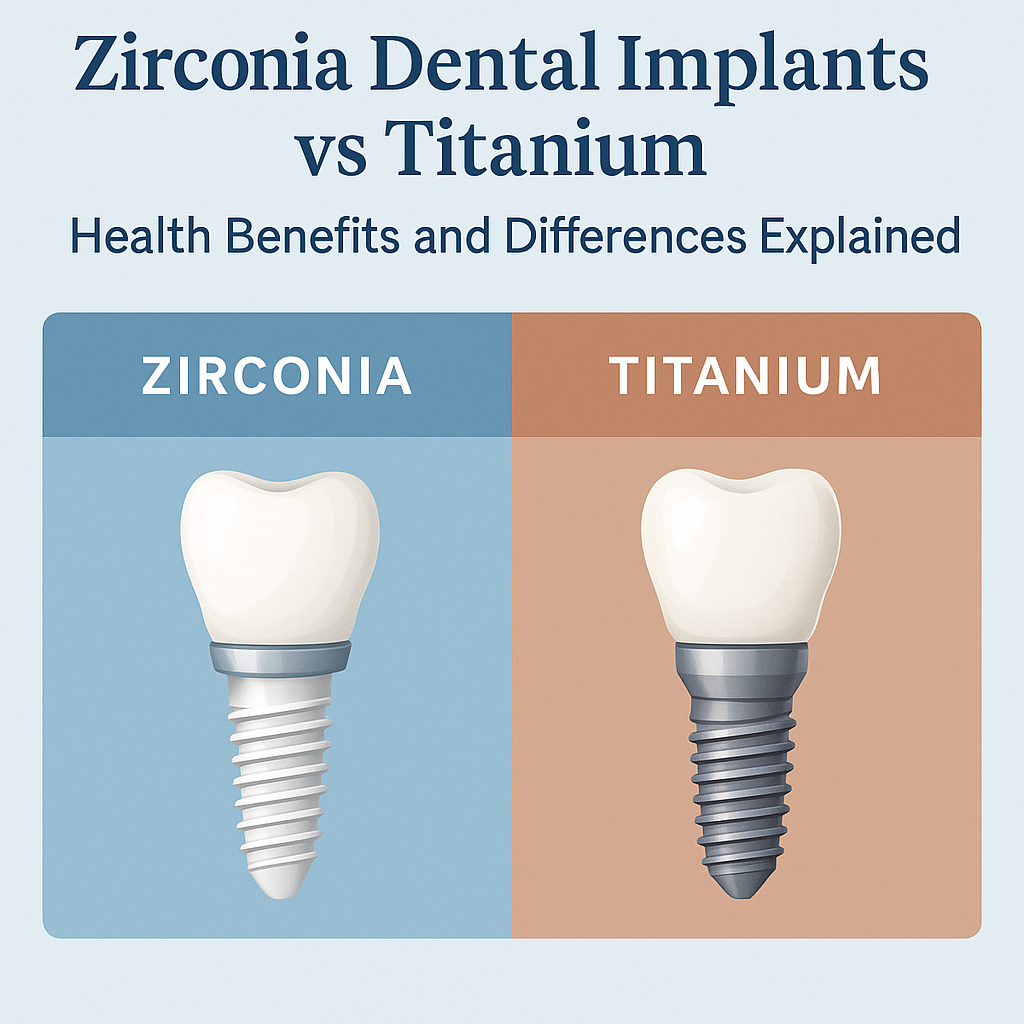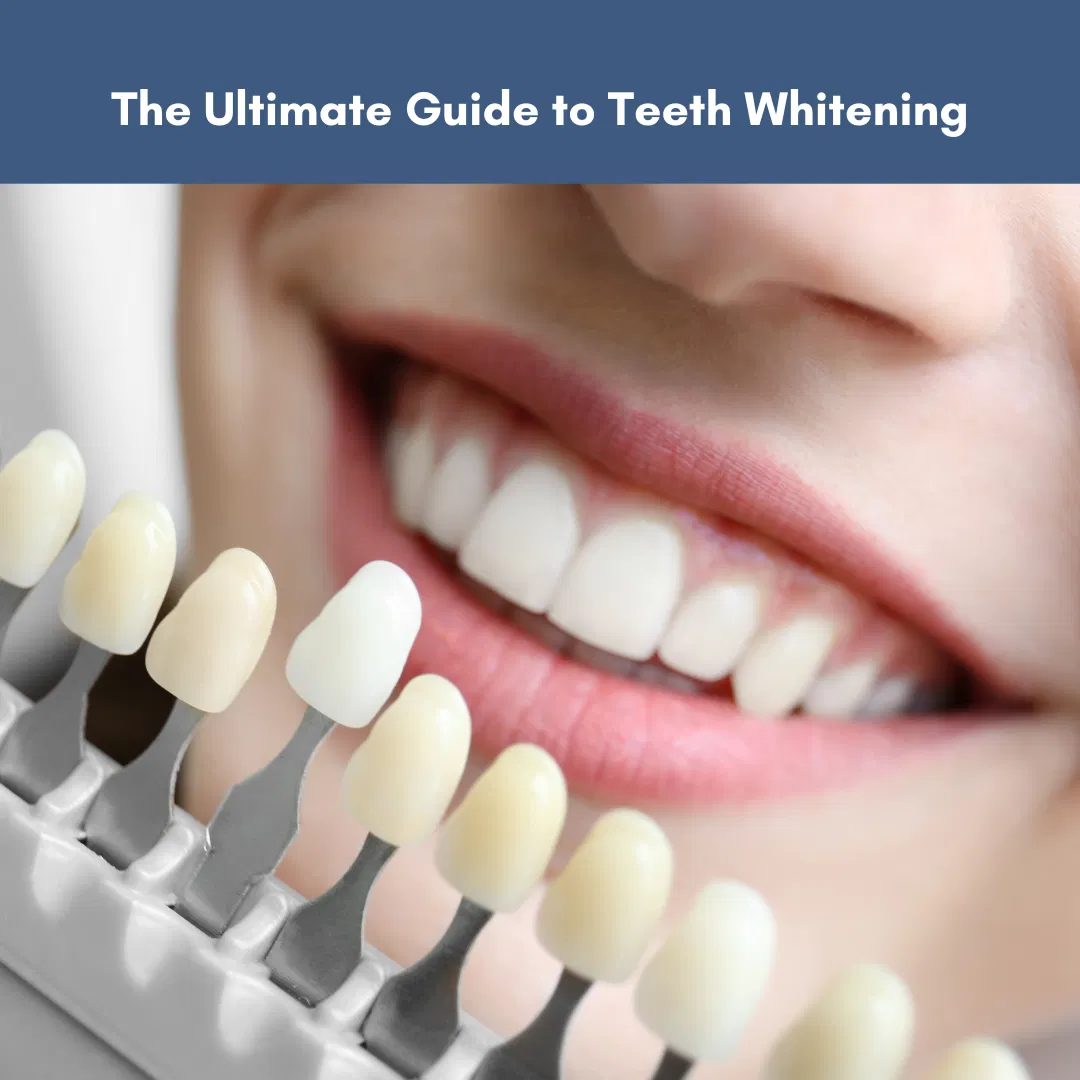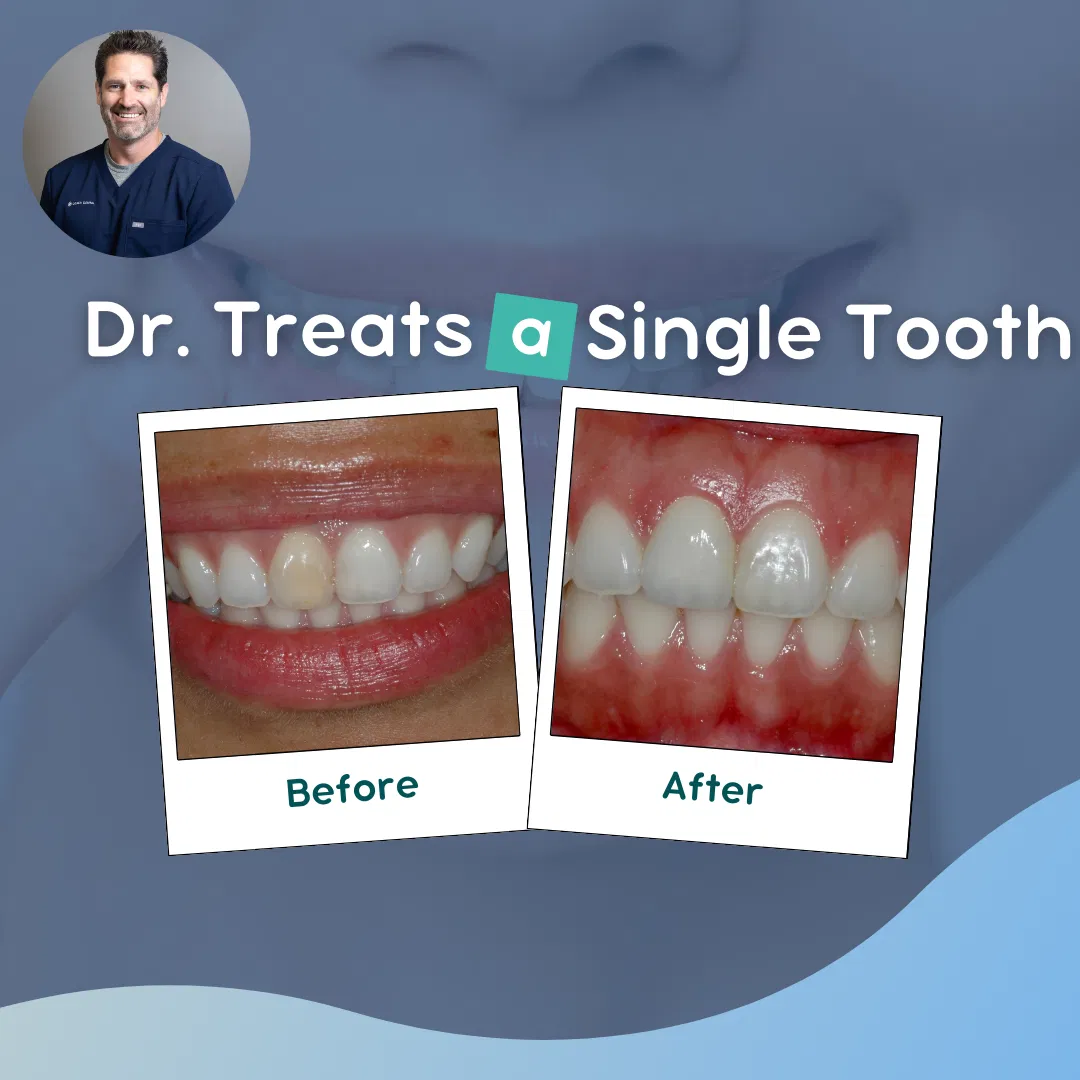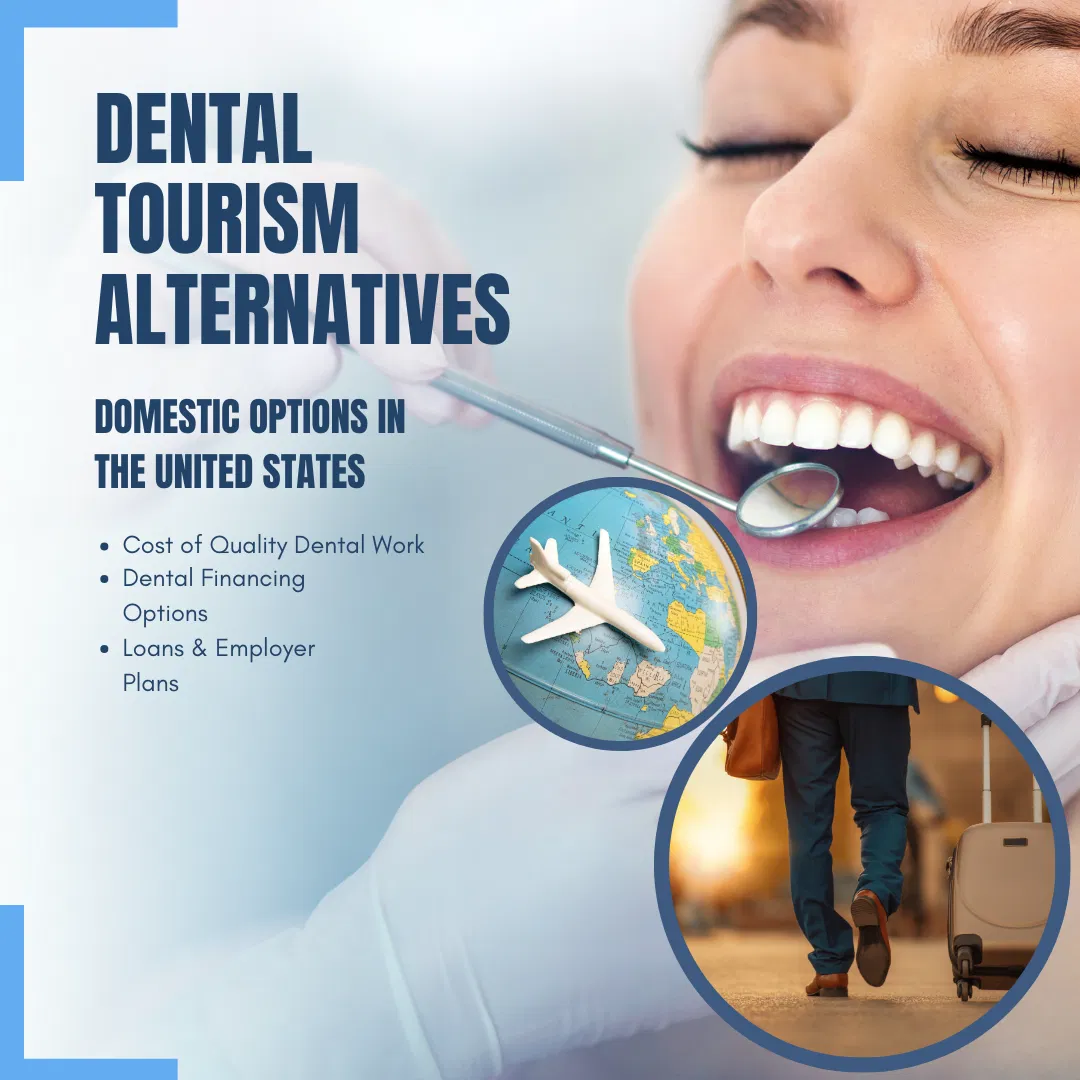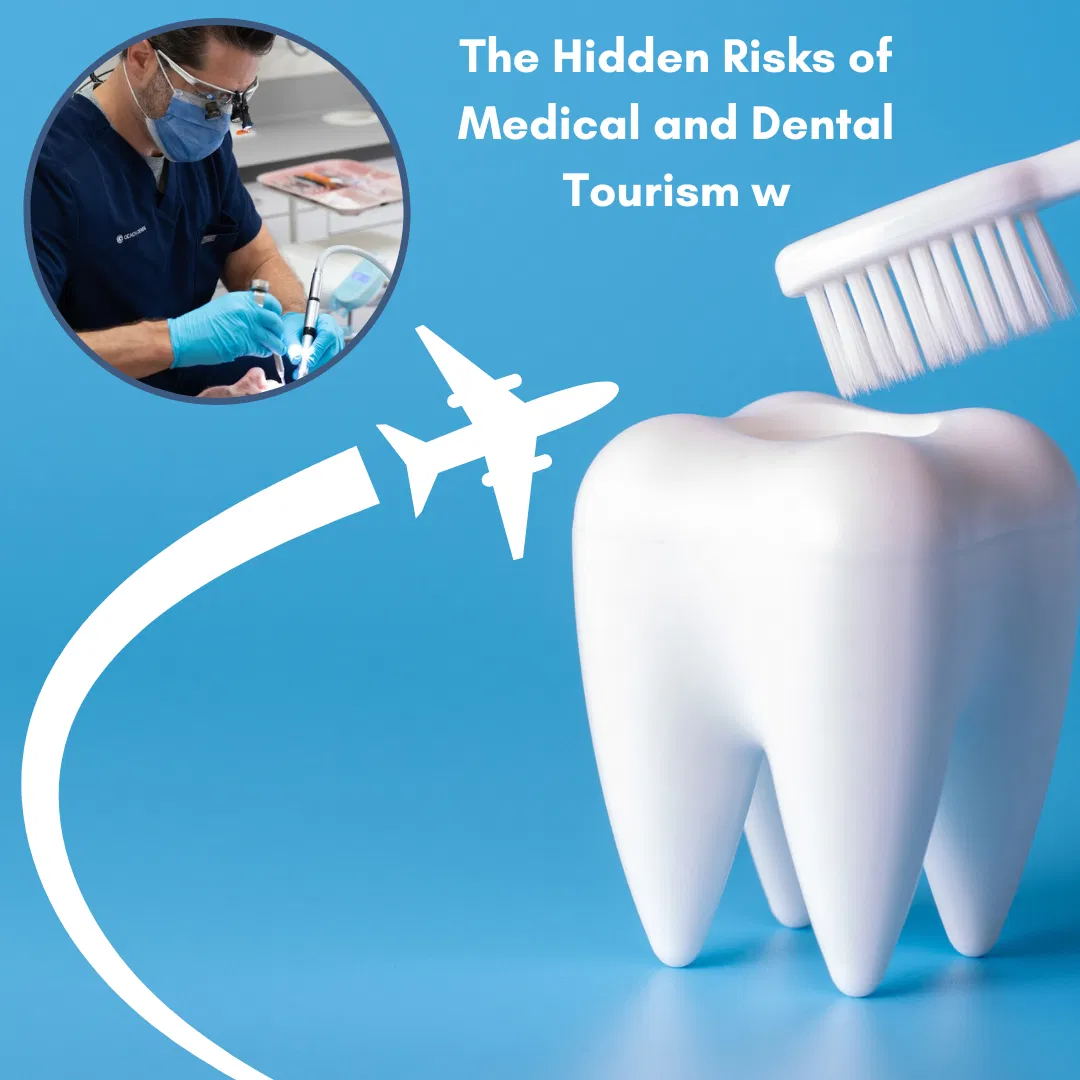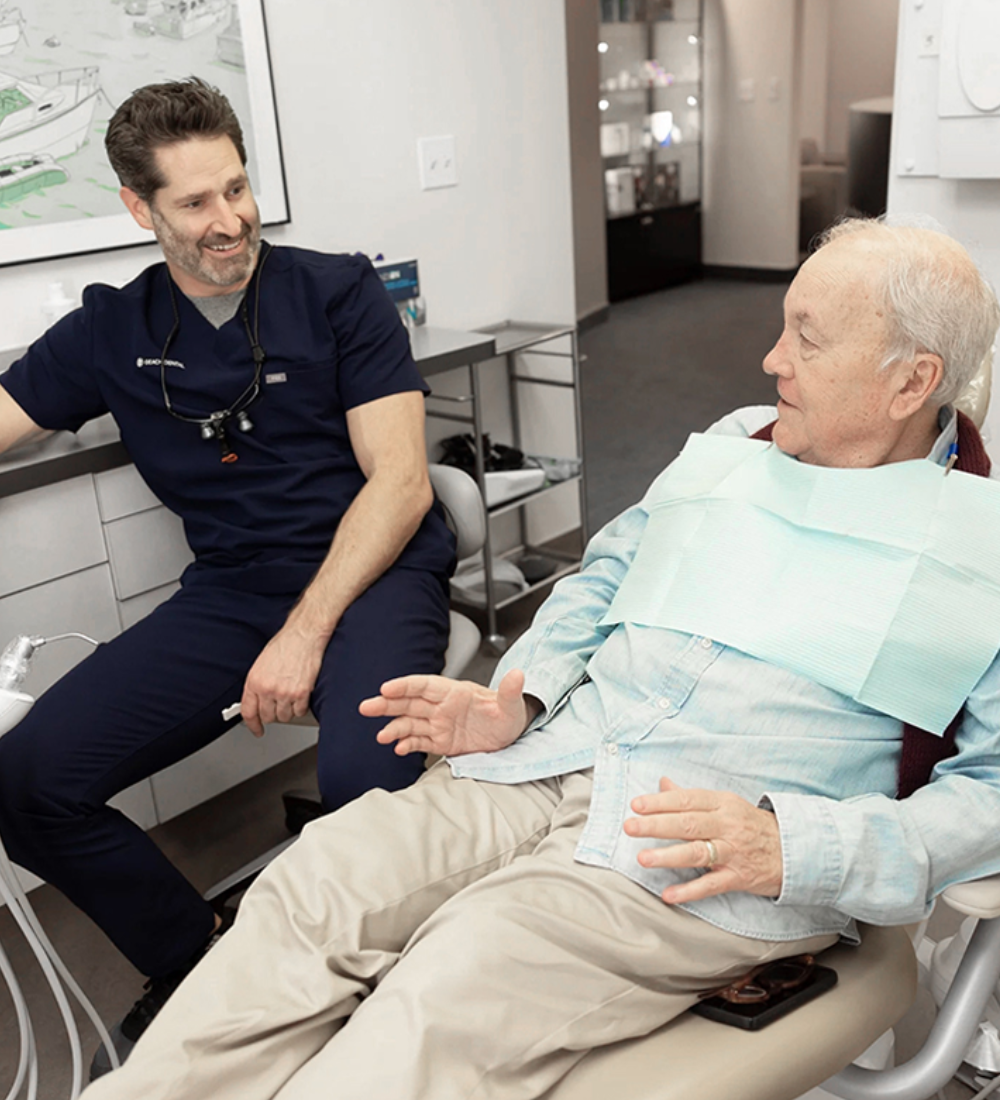Front tooth injuries due to trauma can be emotionally distressing and profoundly impact one’s appearance and self-esteem. This article will explore such an injury’s aesthetic and emotional significance and describe a real-life case illustrating how functionality and aesthetics can be restored.
This case study provides a glimpse into the intricate procedures and expert care that go into rectifying such dental issues, offering an insight into the transformative power of prosthodontics and implant dentistry.

Case Study: Restoring Function and Appearance
This patient experienced a traumatic injury to the 2 front, left teeth (Figure 1). You can see the difference in height of the gum tissue between the front teeth.

There is also a pinkish discoloration (see arrow) which shows that this tooth has had a history of trauma. The X-ray below shows the pink defect in black. These teeth are very weak and could easily break from the force of biting (Figure 2).
Due to the large defects and weak roots, these teeth are non-restorable. These teeth were extracted and 2 dental implants were placed (Figure 3). Temporary crowns were immediately placed into these implants to begin contouring the gum tissue to match the adjacent teeth. See (Figure 4) below.

After healing, a veneer was prepared for the other front tooth and a final impression was made of the 2 implants (Figure 5). A picture of the final impression is shown in (Figure 6).

A cast was made from the impression to design the abutments and ceramic crowns for the dental implants. (Figures 7 and 8). All of our restorations are planned and designed by myself and our in-office dental laboratory technician. This close relationship allows us to communicate about the fine details to achieve an optimal functional and aesthetic result.
The final restorations are shown in (Figure 9). We were able to achieve a natural result and symmetric gum contour across the front teeth.
Conclusion
Cases involving trauma to the front teeth are complicated and careful planning is essential. Prosthodontists are experts in tooth replacement and are uniquely trained to handle these difficult cases.
The advanced knowledge and specialized expertise of our prosthodontic team at Geach Dental, located in Downtown Los Angeles and Laguna Niguel, Orange County, are here to help ensure you get the attractive and confident look you deserve.
We ensure that every one of our patients receives the treatment they need in a comfortable environment. We’ll go the extra mile to make sure you understand your upcoming procedure as well as all of its risks and rewards. And we’ll spend as much time as you need talking to you to make sure we’re both on the same page and you are 100% comfortable with the plan we agree on.
To take the first step towards a radiant smile, simply call us today at (213) 622-3339 or click here to schedule a consultation. Your dental wellness is our top priority and your journey towards a healthier smile starts here!
ABOUT THE AUTHOR: Meet Dr. Adam Geach, distinguished prosthodontic specialist and owner of Geach Dental. His dental education includes Harvard School of Dental Medicine and the University of Connecticut, where he earned a D.M.D. and an M.D.Sc. in Prosthodontics, respectively. Dr. Geach holds Diplomate status with the American Board of Prosthodontics, underscoring his exceptional expertise in dental care.
At his clinics in Los Angeles and Laguna Niguel, Dr. Geach offers a wide range of services, from cosmetic treatments to full-mouth reconstructions, all delivered with a focus on personalized patient care.Take the first step toward your ideal smile and improved oral health by clicking here.



